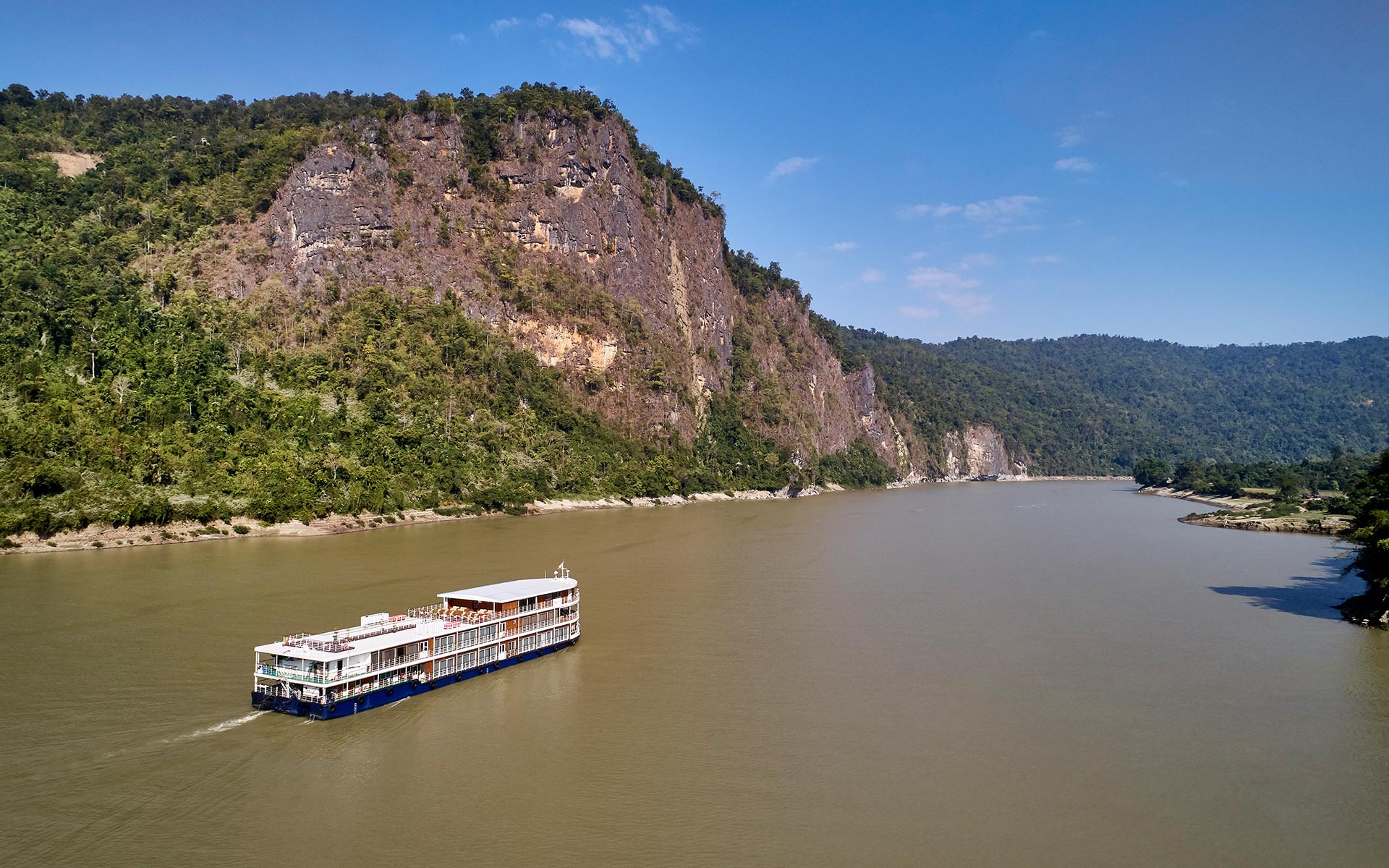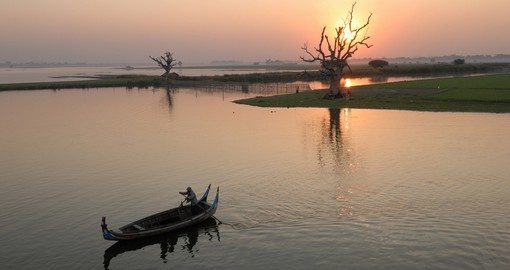Irrawaddy River

The Irrawaddy River, a majestic watercourse winding its way through the heart of Myanmar, is more than a geographical feature; it is the lifeblood of the nation. In this comprehensive exploration, we delve into the intricate web of ecological wonders that make the Irrawaddy a vital force, shaping Myanmar’s natural landscapes and sustaining diverse ecosystems.
The Irrawaddy – A River of Life and Legacy
The Irrawaddy River, known locally as the Ayeyarwady, holds a sacred place in Myanmar’s cultural and natural heritage. Before we unravel the ecological tapestry, let’s set the stage by understanding the historical and cultural significance that defines the Irrawaddy.
Understanding the Irrawaddy River: A Geographical Prelude
The Irrawaddy, originating from the confluence of the N’mai and Mali Rivers, embarks on a journey that spans over 2,000 kilometers through Myanmar. Its flow touches various landscapes, from the northern highlands to the fertile plains, creating a dynamic and diverse ecosystem. The Irrawaddy River has five major tributaries Taping River, Shweli River, Myitnge River, Mu River, Chindwin River.

The Irrawaddy Delta: Nurturing Biodiversity and Productivity
The Irrawaddy Delta, where the river meets the Andaman Sea, emerges as a cradle of biodiversity and productivity. The nutrient-rich sediment carried by the river supports lush mangrove forests, providing a habitat for diverse flora and fauna. The delta is a crucial breeding ground for numerous aquatic species, contributing to the abundance of marine life.
Aquatic Life: The Richness of Irrawaddy’s Waters
The Irrawaddy River sustains a myriad of aquatic life, including several endangered species. From the iconic Irrawaddy dolphins to various species of fish and crustaceans, the river’s waters support a delicate balance that is essential for the overall health of Myanmar’s aquatic ecosystems.
Avian Diversity: A Haven for Migratory Birds
The wetlands and marshes along the Irrawaddy provide a haven for migratory birds, making it a crucial stopover point along their annual journeys. The riverbanks teem with birdlife, with species like the Sarus Crane and various waterfowl finding refuge in the Irrawaddy’s ecosystems.
Rural Livelihoods: Dependence on the Irrawaddy’s Resources
The communities residing along the Irrawaddy have developed a deep connection with the river’s resources. Fishing, agriculture, and trade are intricately linked to the health of the Irrawaddy, shaping the livelihoods of millions who call its banks home.
Cultural Significance: The Irrawaddy in Myanmar’s Heritage
Beyond its ecological importance, the Irrawaddy holds immense cultural significance. The river has been a muse for artists, a subject of poetry, and a backdrop for religious ceremonies. Exploring the cultural narratives associated with the Irrawaddy provides insights into the river’s integral role in shaping Myanmar’s identity.
Challenges and Conservation: Safeguarding the Irrawaddy’s Ecology
While the Irrawaddy River is a source of life, it also faces numerous challenges. Pollution, habitat degradation, and climate change threaten the delicate balance of its ecosystems. Conservation efforts, community involvement, and sustainable practices emerge as crucial components in safeguarding the Irrawaddy’s ecology.
Conclusion: The Irreplaceable Legacy of the Irrawaddy
In concluding our journey through the ecological wonders of the Irrawaddy, we find that this river is not merely a geographic feature; it is a living, breathing entity that sustains life in myriad forms. From the delta to the highlands, the Irrawaddy is an irreplaceable legacy that Myanmar cherishes and strives to protect.
Know More about Irrawaddy River.
What are The Religious Places of Irrawaddy River?
When Did The Irrawaddy River Basin Become a Focus?
Where is The Irrawaddy River Located?
Who Were The Key Historical Figures and Civilizations of The Irrawaddy River?
How to Reach Irrawaddy River?




